Liberal reformers and prominent editorial pages are raging mad about the Harkin-Enzi bill's supposedly weak approach to accountability in its ESEA update. Are they right to be? And is it true that Republicans have become teacher union stooges when it comes to federal education policy?
- The Administration's waiver package. In order to opt-out of ESEA's Adequate Yearly Progress metric, states must propose accountability systems that "set new ambitious but achievable [Annual Measurable Objectives] in at least reading/language arts and mathematics for the State and all LEAs, schools, and subgroups." In other words, states must set a goal for each year in terms of the percentage of students reaching the "proficient" standard on the state test. States must also identify "Title I schools with the greatest achievement gaps, or in which subgroups are furthest behind."
- The Harkin-Enzi bill (as passed out of committee). Under the new ESEA, states would have to develop accountability systems that expect "the continuous improvement of all public schools in the State in the academic achievement and outcomes of all students, including... subgroups."
- The Lamar Alexander-Johnny Isakson bill. Under this bill introduced by Senate Republicans, states would have to establish "a system of identifying and differentiating among all public elementary schools and secondary schools in the State based on student academic achievement and any other factors determined appropriate by the State [that] also takes into account achievement gaps... and overall performance of all students and of each category of students."
So the Administration's plan (which civil rights groups like) requires annual targets for all kids and all subgroups. The Harkin-Enzi bill, on the other hand, just asks for "continuous improvement" (whatever that means). And the Alexander-Isakson bill would leave it up to the states to design their own systems -- and determine whether they want to use annual targets or not -- though such systems must consider subgroup performance, too.
You could be forgiven for reading these subtle differences and wondering what the heck is the big deal. None of these approaches maintains AYP as we know it. And none of them eliminates the federal mandate around accountability entirely. This is a debate being held between the 45-yard lines.
Personally, I favor the Alexander-Isakson approach, for two reasons. First, we know that setting annual (and ever-rising) targets in NCLB put pressure on states to keep their "cut scores" modest so they didn't unintentionally label every school in their jurisdiction as failing. I worry that the continued use of targets will either encourage the Common Core testing consortia to set their cut scores low -- or that the combination of high cut scores and annual targets will cause lots of states to bail from the Common Core project entirely.
The second reason is more straightforward: We don't know what the ideal accountability system looks like so why not give states the latitude to innovative? Asking them to consider subgroup performance is appropriate, but there are lots of ways to do that without looking at annual performance targets, per se. Why tie our hands unnecessarily?
The reason "why not," contends the liberals, is that states cannot be trusted. Don't we remember the days of heel-dragging, whether it be desegregation in the 50s and 60s or ESEA implementation in the 90s?
It's hard to answer such an ideological argument with anything but ideology. (Can we trust the states? Yes we can!)
But how about we take the rhetoric down a notch? Including achievement targets in the next ESEA wouldn't be the end of the world. Neither would excluding them. Come on folks, let's get this reauthorization done.
* Yes, astute readers, the "A" in ESEA actually stands for "Act."
** The short answer to "what's at stake?" is "not much."
Originally published on the Fordham Institute's Flypaper blog.